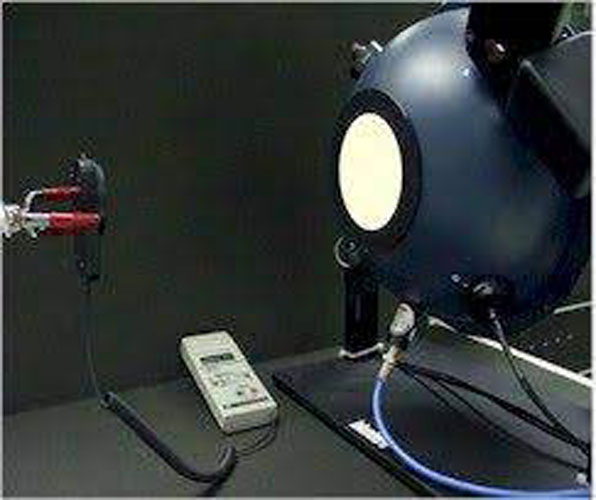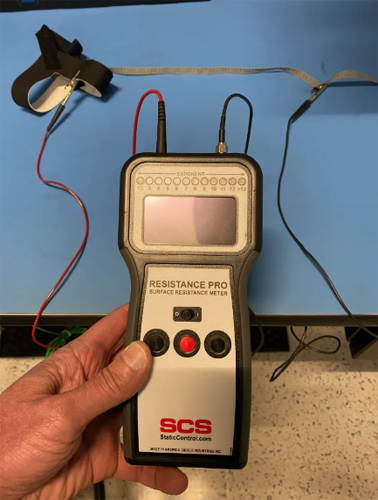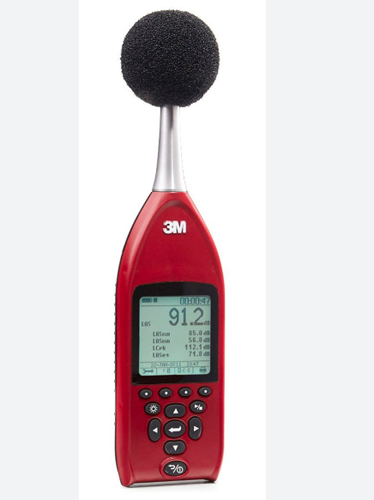
Tower crane Load Moment Indicator Anti Collision System calibration
A tower crane anti-collision system is a safety mechanism designed to prevent collisions between tower cranes and other structures or cranes on construction sites. Here are some key features and benefits:
Collision Avoidance: The system uses sensors to monitor the position, velocity, and angle of the crane’s moving parts. If a collision risk is detected, it can automatically slow down or stop the crane1.
Zoning and Boundary Protection: Operators can define prohibited zones where the crane should not operate, such as near power lines or beyond site boundaries. The system alerts the operator if the crane approaches these zones2.
Situational Awareness: A display in the operator’s cabin shows real-time information about the crane’s position and movement, helping the operator to avoid hazards1.
Automated Control: The system can take control of the crane to prevent it from moving towards a danger zone, reducing the risk of accidents2.
Stress Reduction: By providing real-time warnings and automated controls, the system helps reduce the stress and anxiety of crane operators2.
Crane Load Moment Indicator
• A safety device that measures and monitors the weight and angle of a crane's boom.
• Calculates the load moment based on the boom angle, length, and weight of the load.
• Provides real-time data and alerts to the crane operator when the crane approaches its load limits.
• Essential for all types of cranes, including mobile and tower cranes.
• Helps prevent overloading and tipping of the crane, reducing the risk of accidents and injuries.
• Useful for mobile cranes, used for loading and unloading cargo, erecting buildings, and installing equipment.
• Triggers an alarm when the load moment approaches the limit, warning the operator to take corrective action.
• Similar to mobile cranes, the load moment indicator for tower cranes includes sensors, a computer, and a monitor.
• Can be equipped with anti-collision systems that work in conjunction with the load moment indicator.
• Increases productivity by enabling faster and more accurate decisions while handling the load.
• Provides valuable data for crane maintenance and repair, allowing for proactive maintenance and repair.
Tower crane anti-collision systems handle wind conditions through several mechanisms to ensure safety and stability:
Weathervaning: This technique allows the crane to rotate freely with the wind direction when not in use. By removing the slew brake or parking brake, the crane’s jib aligns with the wind, reducing pressure and preventing structural damage1.
Wind Sensors: These sensors continuously monitor wind speed and direction. If wind speeds exceed safe operating limits, the system can alert the operator or automatically stop crane operations2.
Buffer Zones: Anti-collision systems create buffer zones around the crane’s operating area. These zones account for potential wind-induced movements, ensuring the crane does not enter prohibited areas or collide with other structures2.
Automated Controls: In high wind conditions, the system can take control of the crane to prevent unsafe movements. This includes slowing down or stopping the crane if it detects excessive wind forces3.
Real-Time Monitoring: The system provides real-time data to the operator, helping them make informed decisions about crane operations during windy conditions2.




